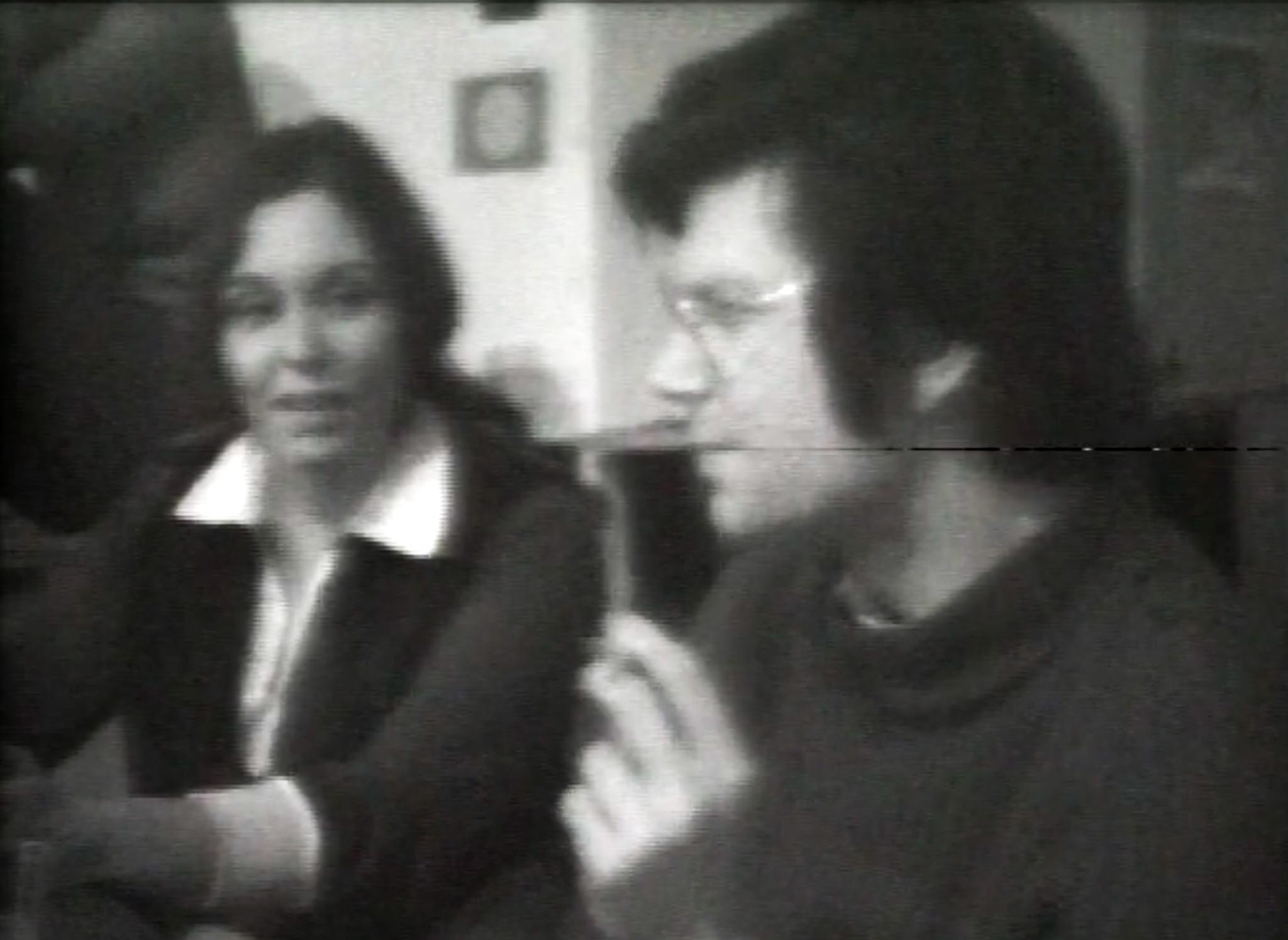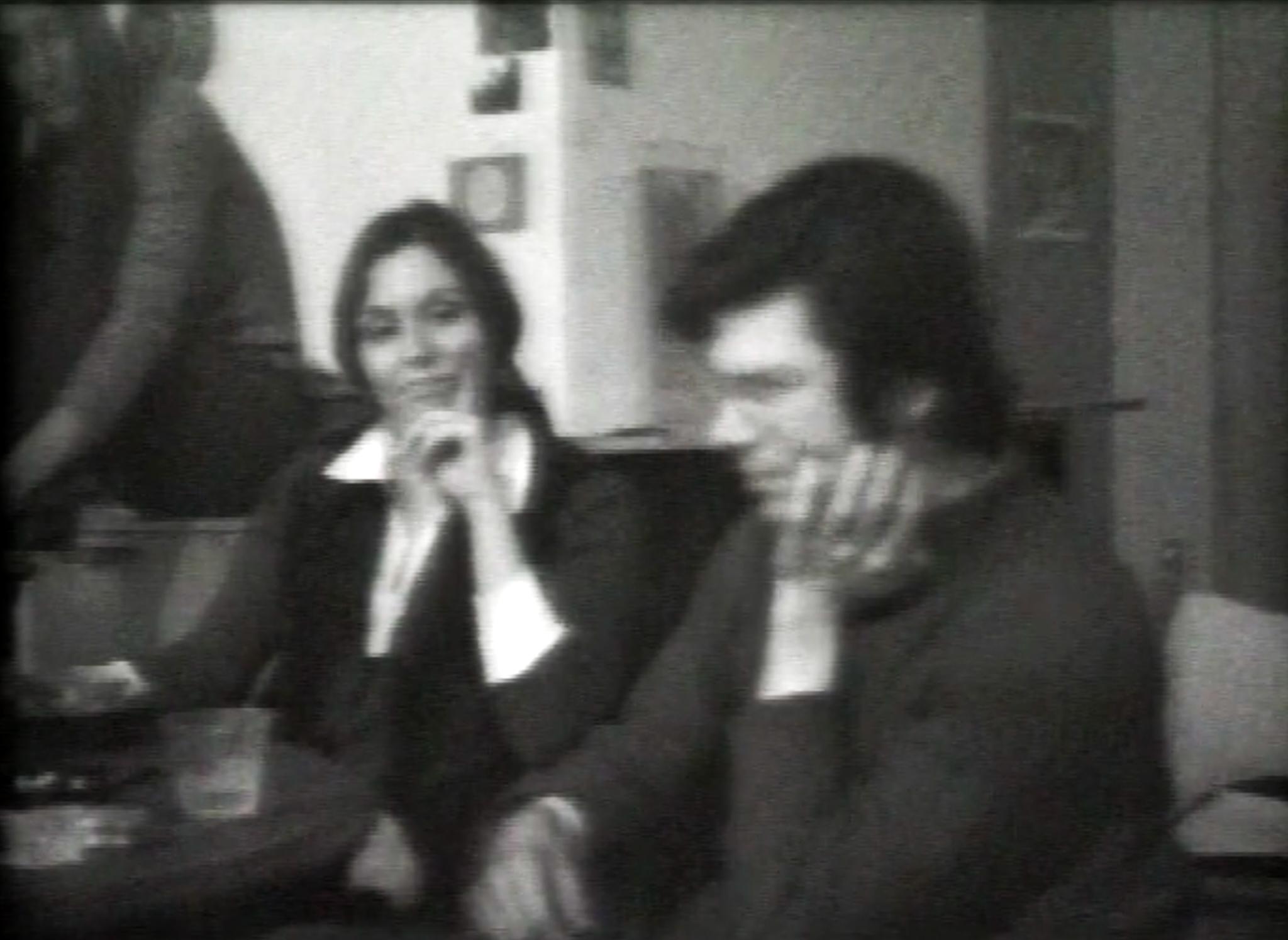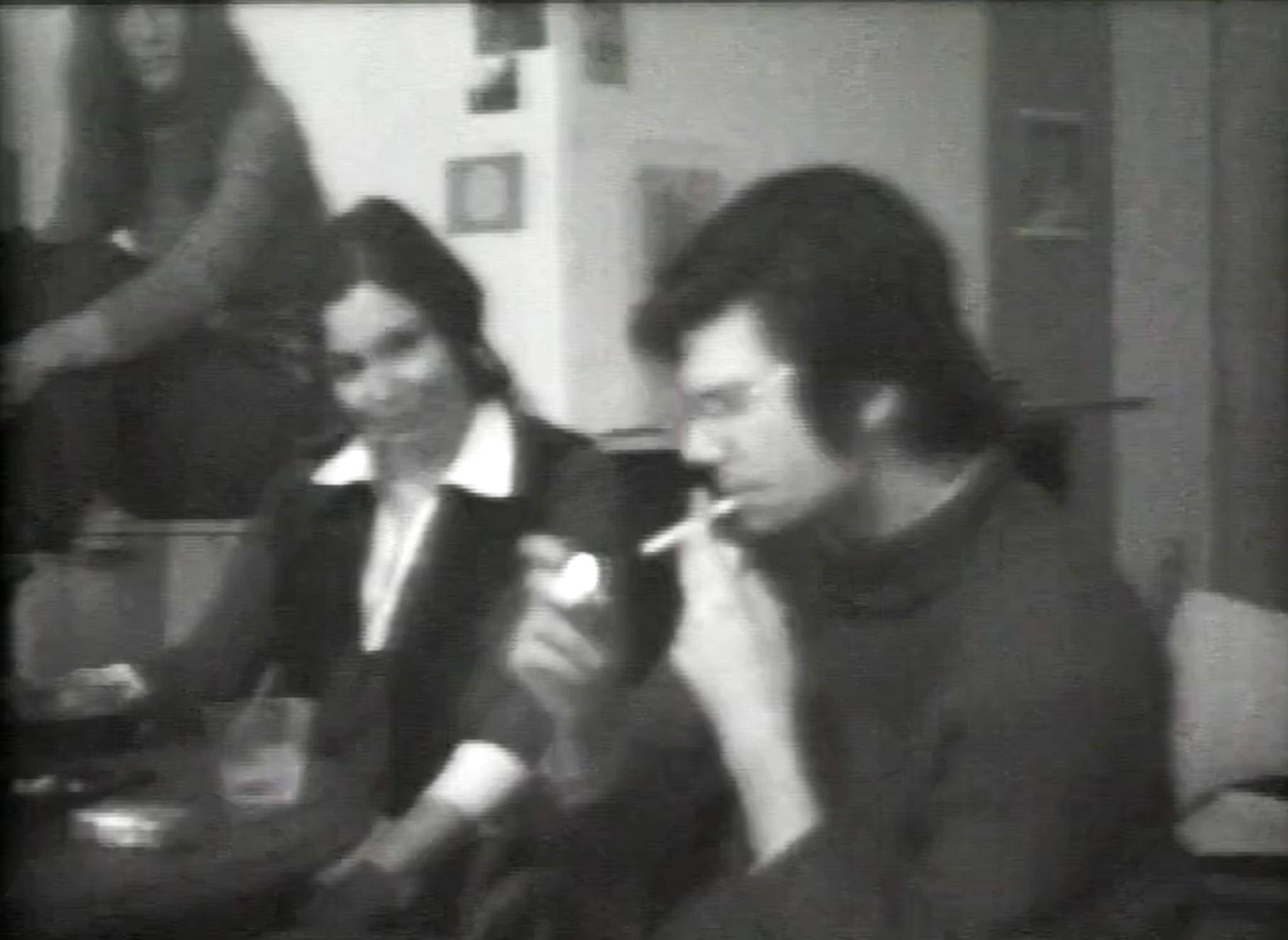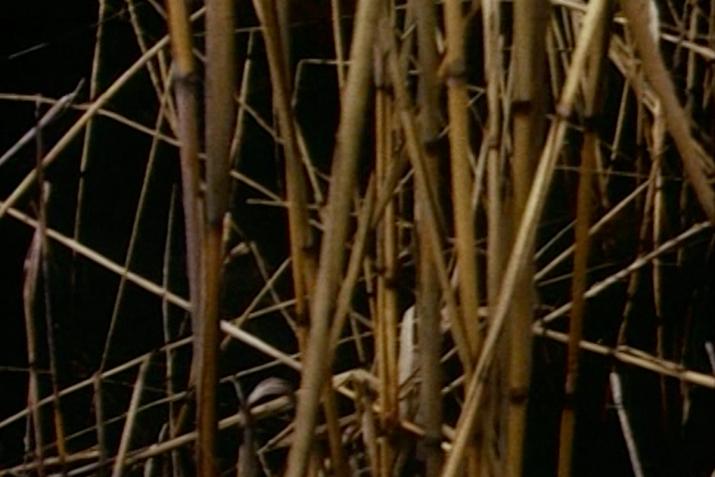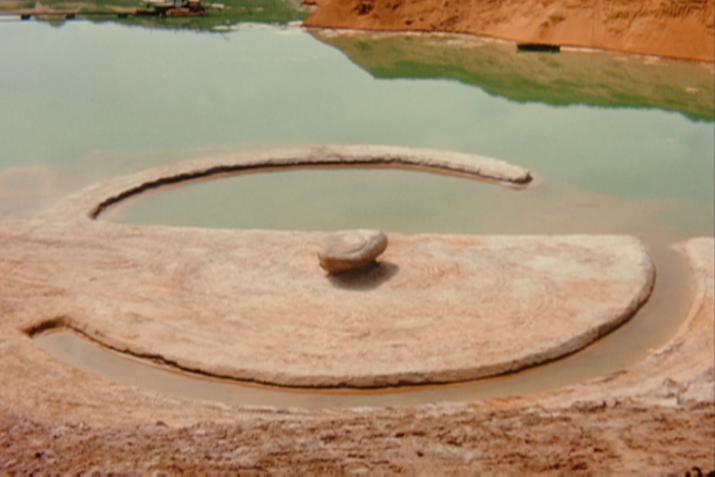
East Coast/West Coast
East Coast/West Coast is a conversation between Nancy Holt and Robert Smithson recalling television talk shows and improvisational theatre. This important example of early video art was recorded in corner of the SoHo studio of artist Joan Jonas, a close friend of both artists. It was recorded by artist Peter Campus using a video camera, equipment at the time that was prohibitively expensive. Having gained access to the camera and playback equipment, Jonas and Campus invited Holt and Smithson to experiment, and the improvised exchange was first screened for artist-friends Michael Heizer, Richard Serra, Keith Sonnier, and Jackie Winsor the evening after it was made.
The video starts with some frowning about how to operate the camera and, as the recording begins, Jonas reassures Holt that if it does not work, they can do it again. What follows is created spontaneously, using the comedy, wit, and collaboration of “improv.” Holt and Smithson perform stereotypical positions of east coast and west coast artists of the late 1960s: Holt assumes the role of an intellectual conceptual artist from New York, while Smithson plays a laid-back Californian, driven by feelings and instinct.
While Holt stresses analytic systematic thinking, Smithson represents the opposite, privileging visceral experience and instinct. He declares: “I never read books; I just go out and look at the clouds,” and asks Holt “Why don't you stop thinking and start feeling?” In the companion catalogue to Smithson’s 2004 retrospective, Cornelia Butler describes: “All hedonism and flake, Smithson plays the liberated half of Holt’s character, the uptight theory bound market savvy conceptualist who tries to convince the artist that wallowing around the desert frontier can only be an economically ignorant waste of time.” As the videotape ends Smithson repeats “I don’t care what other people think” as the screen turns to snow.
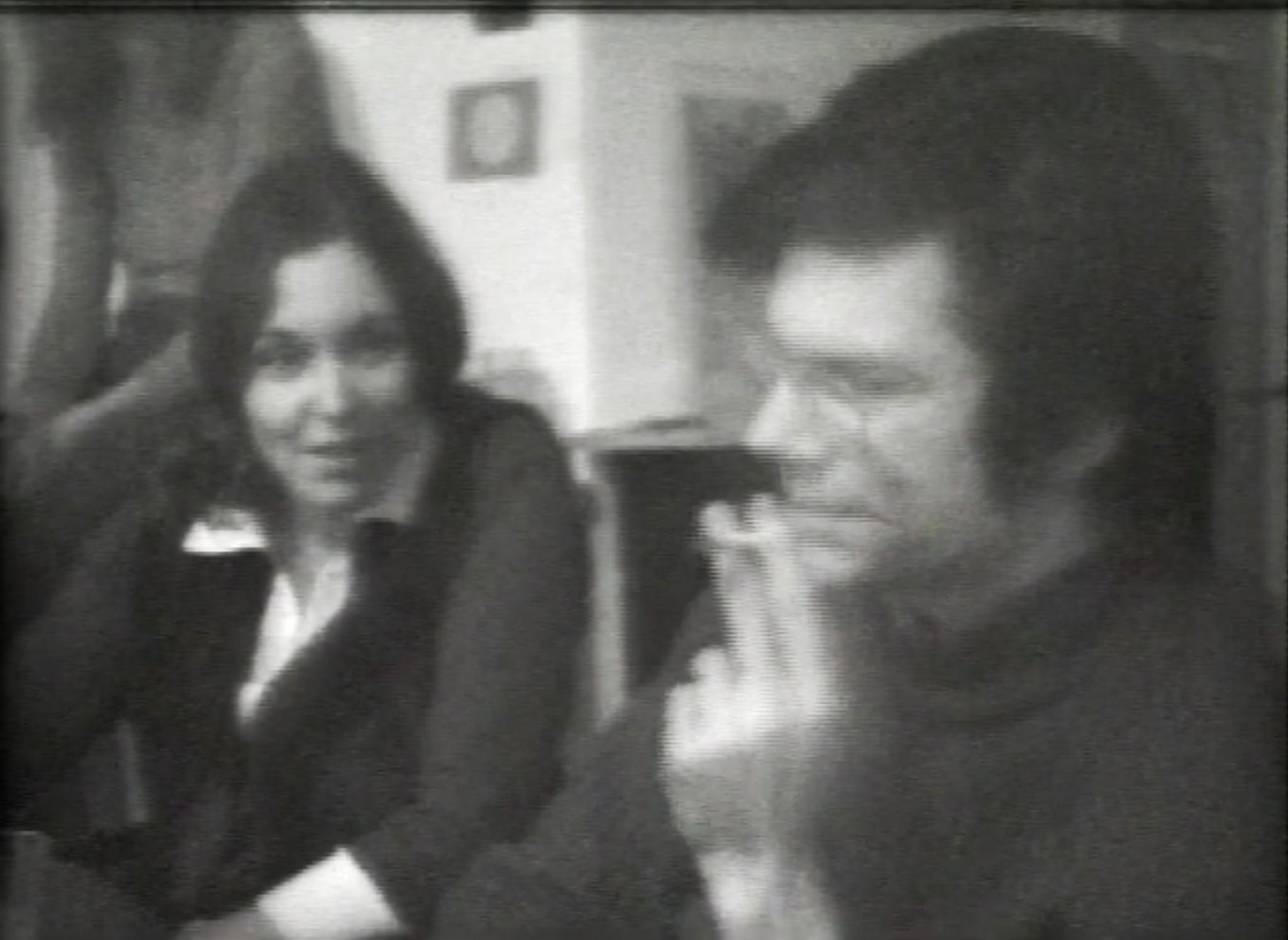
![Nancy Holt and Robert Smithson, East Coast/West Coast [still] (1969)](/sites/default/files/styles/fullscreen_2048_x_y_/public/2023-10/Screen%20Shot%202020-04-21%20at%209.48.07%20PM.jpg?itok=tmfj3Bdk)
